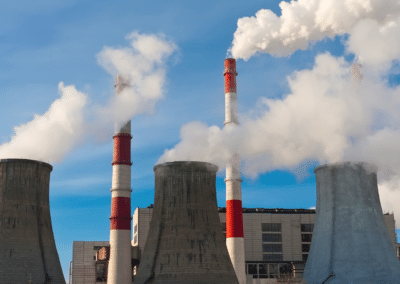As spring unfolds across the United States, millions brace for the onset of seasonal allergies. The blooming of trees, grasses, and weeds releases pollen into the air which triggers symptoms like sneezing, itchy eyes, and congestion in susceptible individuals. Understanding spring allergies and recognizing the cities most affected can help sufferers take proactive measures to lessen discomfort.
The Science of Spring Allergies
Seasonal allergic rhinitis, commonly known as hay fever, occurs when the immune system overreacts to airborne pollen. The primary culprit during spring is tree pollen, followed closely by grass pollen as the season progresses. Factors such as local vegetation, climate patterns, and weather conditions influence pollen production and distribution, leading to regional variations in allergy severity.
Cities Most Affected by Spring Allergies
The Asthma and Allergy Foundation of America (AAFA) annually evaluates U.S. cities to determine the most challenging places to live with seasonal allergies. The 2025 report highlights the following cities as the top 10 ‘Allergy Capitals’:
- Wichita, Kansas
- New Orleans, Louisiana
- Oklahoma City, Oklahoma
- Tulsa, Oklahoma
- Memphis, Tennessee
- Little Rock, Arkansas
- Raleigh, North Carolina
- Richmond, Virginia
- Greenville, South Carolina
- Greensboro, North Carolina
These rankings are based on factors such as pollen counts, usage of over-the-counter allergy medications, and the availability of allergy specialists.
Wichita, Kansas: The Worst City for Allergies in America
Wichita consistently ranks at the top of the AAFA’s list, holding the number one spot in 2024. The city’s climate, characterized by humid summers and dry winters, along with its location on the Great Plains, contributes to high pollen levels. The prevalence of tree and grass pollens, along with smoke from agricultural field burning, contributes to the severe allergy conditions.
The Impact of Climate Change on Spring Allergies
Climate change is extending and intensifying springtime allergy seasons. A recent analysis indicates that the frost-free growing season has lengthened in nearly 90% of major U.S. cities between 1970 and 2024. Cities like Reno, Nevada; Myrtle Beach, South Carolina; and Toledo, Ohio, have experienced significant increases in consecutive frost-free days. Longer growing seasons lead to prolonged pollen production, increasing exposure and symptom severity for allergy sufferers.
Strategies to Lessen Spring Allergies
To alleviate the impact of spring allergies, consider the following approaches:
- Monitor Pollen Forecasts: Stay informed about daily pollen levels in your area to plan outdoor activities accordingly.
- Limit Exposure: On high pollen count days, keep windows closed, use air conditioning, and minimize time spent outdoors, especially during peak pollen times.
- Personal Hygiene: After being outside, change clothes and shower to remove pollen from your body and hair.
- Medication: Begin taking allergy medications, such as antihistamines, before the onset of symptoms. Consult with a healthcare provider for personalized recommendations.
- Consult Specialists: If symptoms persist or significantly impact your quality of life, seek advice from an allergist for more intensive treatments.
O2 Nose Filters
Spring allergies pose a significant challenge for many Americans, particularly in regions identified as ‘Allergy Capitals’. With the added influence of climate change extending pollen seasons, it’s crucial for individuals to stay informed and adopt proactive measures to manage their symptoms effectively. Fortunately, O2 Nose Filters have been proven in controlled studies to help protect wearers from inhaling airborne particles such as bacteria, viruses, dust, exhaust fumes, smoke, and, of course, springtime allergens.
Independent laboratory tests demonstrate that 3M’s Advanced Electret Media in O2 Nose Filters block 90% of particulates at PM10 and 65% of particulates at PM2.5. Additionally, O2 Nose Filters are comfortable to wear due to their latex-free design and medical-grade Thermoplastic Elastomer (TPE) materials. Nose filters provide a simple but effective solution to enhance workout performance, especially in urban environments with high levels of pollution. By filtering out harmful particles, they improve breathing efficiency, protect respiratory health, and support muscle oxygenation during exercise. Whether you’re a seasoned athlete or someone simply looking to stay active, O2 Nose Filters can make a big difference, allowing you to exercise with greater ease, comfort, and performance.



